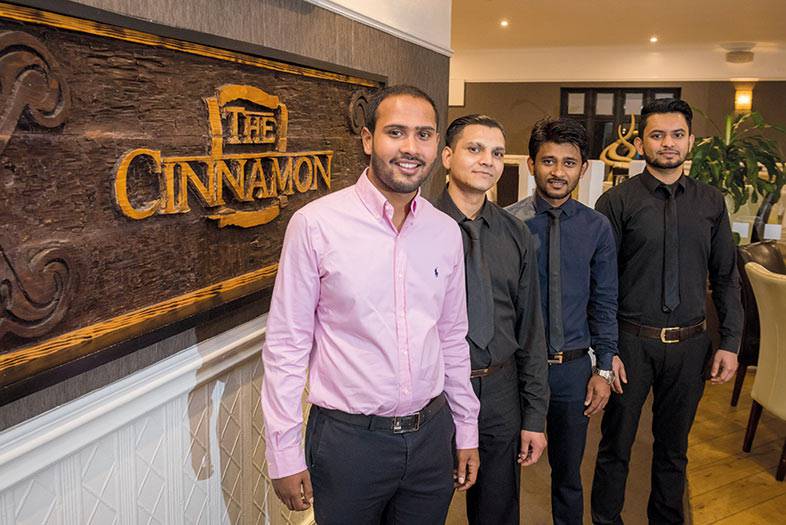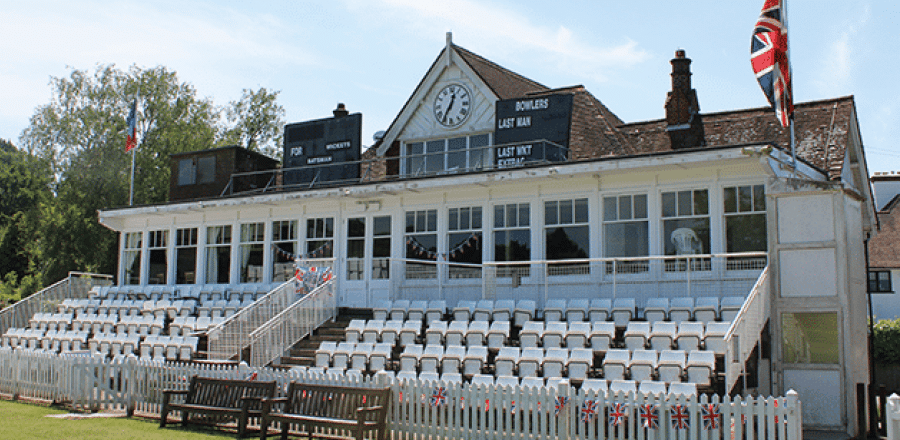Britain’s first Indian restaurant opened its doors on George Street, London, in 1810.
One year later those doors were closed, forced shut by a lack of custom.
Had Indian cuisine not caught on in this country, The Hindoostanee Coffee House would have been forgotten, or known as nothing more than a failed business venture.
As it is, with curry now an adopted British dish, it is remembered, and treasured, as a cultural trend-setter.
There are some 12,000 Indian restaurants and takeaways in Britain today, an industry that contributes immeasurably to our national identity, and nearly £4bn a year to our economy.
However, prevalence and profitability aren’t guarantees of quality.
Habib Sadiq, who runs Cinnamon Square in Hildenborough, named best Indian restaurant in Kent at the British Curry Awards last year, says to guarantee that you need ‘a good chef, quality ingredients and passion.’
Ultimately though, he says, it all comes down to the spicing.
“Spices are the key,” he said. “A huge number of spices are used in cooking Indian food. But if you add every single spice to every curry it won’t work. Balancing is an art in its own way.
“For example, the chicken tikka masala has been the most popular dish in this country for many years, and the number of spices that go into that to achieve the right taste and colour is incredible.
“Our chef is Bangladeshi, and his dad was a chef at a very busy, successful restaurant in Liverpool Street. He picked up all his traits and learned the art from him.”
Mr Sadiq believes Indians and Bangladeshis have the best knowledge of spices, adding:
“That’s one reason it’s harder for British people to enter the industry. But if you’ve got the passion, you can make great curry.”
Jewel Zaman, manager of the Raj Pavilion in Grove Hill Road, also believes in another key ingredient in a great curry and a successful curry house.
“The most important thing is passion,” he said. “About 95 per cent of the people running Indian restaurants in this country are Bangladeshi. But you don’t need to be Bangladeshi, or Indian, to cook Indian curry.
“It’s all about how passionate you are. Cooking a good curry is down to how much you love it and the variety of spices you use.
“I don’t do this just for the sake of selling curry. I got a passion for it from my mother and father.
“I was brought up in Bangladesh, where I would always watch my father running his restaurant, which inspired me to do the same business over here.”
Though Mr Zaman draws inspiration from his Bangladeshi heritage, the dishes at the Raj Pavilion are tailored to British tastes.
And he says the same is true of most curries around the country, an illustration of the successful marriage of Asian and British culture.
“I’m so proud of how it’s been embraced here,” said Mr Zaman. “It makes me happy and gives me speed to do more things.”
Although he believes anyone with passion can cook good Indian food, Mr Zaman says a feel for spicing is crucial.
He explained: “A lot of English, French and other cuisines don’t use as many spices as we use. We don’t measure it. We just use our finger or a spoon. I call it art.”
Suki Singh of Kirthon, in The Pantiles, thinks the approach to curry, both restaurants’ and punters’, has changed over the years, which has helped Indian cuisine remain a celebrated staple of British dining.
“If you go back ten, 20 or 30 years, restaurants were giving customers anything and they would love it,” he said.
“They would give you a piece of chicken in a sauce and call it chicken curry. Now there’s more focus on using the right ingredients and flavours. People want more for themselves.
“If you want to be a great curry house, it’s important to try and provide that class of food.
“Sometimes people are disappointed if something arrives late, but we aren’t here just to give them a dish. We are here to give them a taste.”
While stressing the importance of curry moving with the times, Mr Singh says Kirthon aims to provide traditional tastes.
He said: “We aren’t trying to tailor the taste to the customer, we are trying to hit the actual tastes from India and Bangladesh.
“My colleague Shamin Ahmed goes back Bangladesh to try and find different spices and ingredients to use to make something a little different.
“People used to just eat chicken korma or masala, but they want more of a choice now and it’s important to provide that.”
We Brits have been visiting curry houses for over two centuries now, and are likely to do so for many more to come.
Attitudes and tastes will continue to change, but when it comes to great curry, it seems two ingredients must remain: Mastery of the art of spice and passion for the task.
THE HISTORY:
Peter Grove, founder of National Curry Week, told the Times:
“National Curry Week is now in its 18th year. It was created to try and put some good news back into the media at a time when most of the stuff we were getting in the media was pretty bad about race relations and tensions. Curry was seen as a cement between people of all races and creeds.”
National Curry Week, also created to support worthy causes, has helped malnourished, starving and poor people all over the world since its inception.
“Over the years it’s grown and grown, said Mr Grove. There are about 23 million people in Britain who eat curry regularly every year, and I’m very happy to say we are raising more money than ever.
“People like the Round Table and Rotary do silly things like curry quizzes, and poppadum eating speed challenges to raise money. The world record is three poppadum in a minute, which sounds easy but is apparently very hard.
“People also compete for the poppadum tower world record which is amazing. When we ? rst started the record was 140Â – it’s well over 1,200 now. The attempts to break it are even funnier when they’ve had a few drinks beforehand!”








